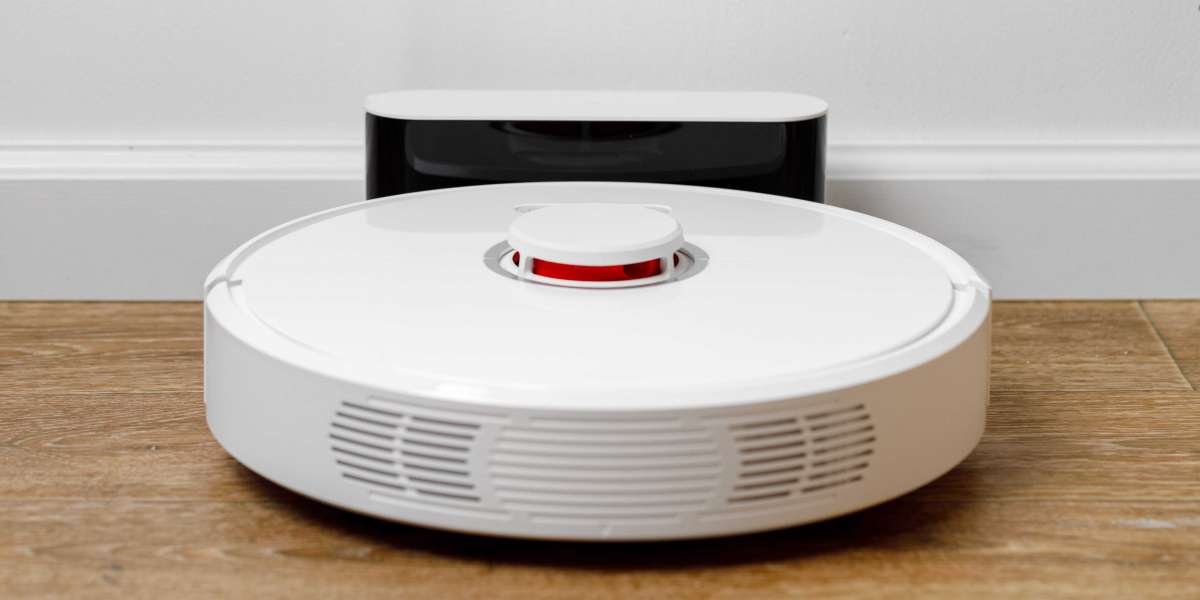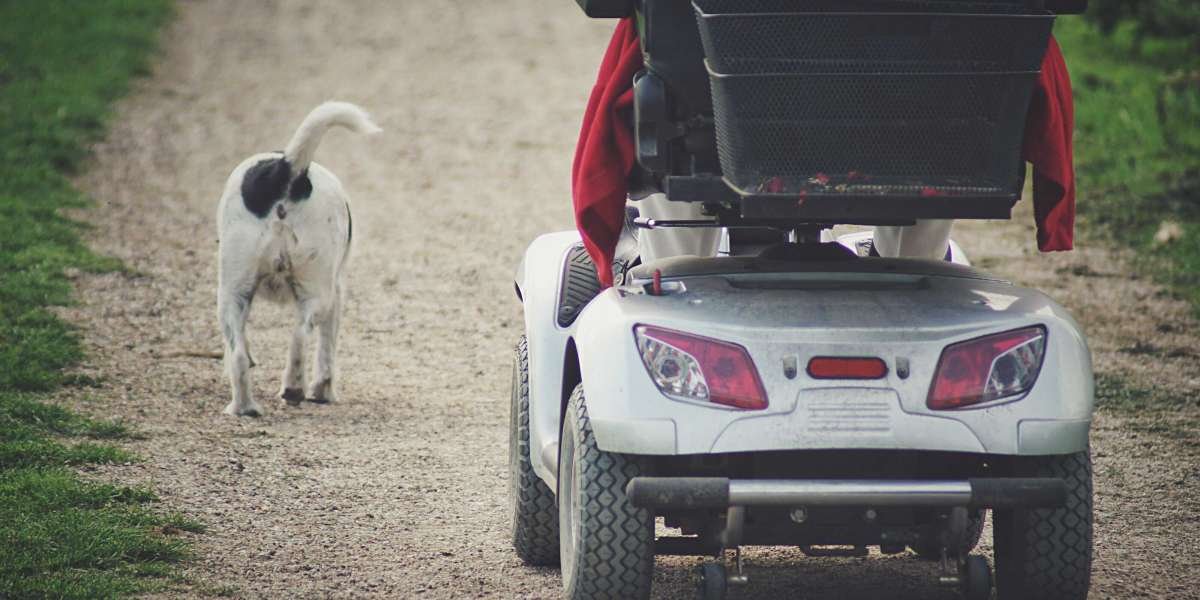 How to Get the Most From a Wood Burner Fireplace
How to Get the Most From a Wood Burner FireplaceWood stoves, in contrast to traditional open fireplaces, are designed to burn wood. This allows them meet tighter emissions regulations.
Wood burning stoves are renowned for their glowing yellow flames, cozy crackling sound and that innate sense of warmth. The smoke produced contains toxic air pollutants like formaldehyde and benzene as well as polycyclic aromatic hydrocarbons.
Efficient
Wood burning stoves and fireplaces offer a stunning and natural heat source to the home, they are also incredibly efficient. A good quality wood burner can be able to achieve an Ecodesign rating as high as 77%. It is essential to get the most value of your log stove in light of increasing energy costs. The good thing is that it's easier than ever to do!
One of the main factors that determines the efficiency of a wood burning stove is will be the water content of the wood. This is why we suggest only using seasoned wood, that has been dried for a minimum of one year, and often two years. The more dry the wood more dry, the better it burns. This means lesser smoke and fewer harmful emissions.
Another benefit of a wood-burning stove is that it's a low carbon source of fuel, which is great for the environment. If you buy locally-sourced wood, you also help to promote the active management and conservation of forests. This is beneficial for wildlife.
The only thing a wood burning stove needs in terms of maintenance is to regularly take away and get rid of ash. It can be a bit of a hassle, but it is worth it to get the maximum heat out of every log. If you wait for the ashes 2-3 days to cool completely, they can also be utilized as a non-toxic and green ice melt. They can be used to polish jewelry and absorb smells.
A fireplace with wood burning is an old-fashioned classic. Although they're not as popular than gas fireplaces but there's no denying the beauty and appeal of a warm log fire. They're ideal for cozying with on cold winter evenings and are a great way to create a warm and inviting space in the heart of your home. Make sure you invest in a high-quality wood stove and you'll be benefiting for many years to come! Our chimney sweeps are here to assist you in getting the most from your stove. Give us a call now to find out more.
Low Carbon
Wood burners that burn cleanly and efficiently are the most effective option to save money while also keeping your home warm. They also aid local woodland management. This is a great option to help wildlife in your area.
When properly maintained, wood-burning fireplaces and stoves emit very little pollution when they are operated with seasoned and dry firewood. If they are not properly maintained or when they use wood that is of poor quality the smoke produced contains fine particles, often referred to as particulate pollutants that can cause irritation to the lungs and other organs of the body. It also contains carbon monoxide as well as toxic air pollutants such as benzene, formaldehyde and polycyclic aromatic hydrocarbons. Inhaling these types of air pollution may cause irritation of the lungs wheezing, coughing and asthma attacks. It can even cause serious health issues such as cancer, heart disease, or premature death.
Some people fear that using a wood-burning stove will contribute to climate change, but this is not necessarily true. Burning wood is a carbon neutral energy source. The tree absorbs carbon dioxide throughout its life. When it is burned, the carbon is released into the atmosphere.
As the wood is sourced locally, this reduces the amount of pollution that is released when it is transported. It is crucial to choose hardwoods that are seasoned and of top quality. They will burn longer and more evenly than softwoods.
Modern, EPA certified wood stoves and heaters (such as those made by Charlton Jenrick) have considerably lower emissions than earlier stoves. They have been tested and certified to meet the 2020 EPA standards which are much more strict than previous emissions limits.
To prevent a build-up of exhaust inside your home, all wood-burning stoves should be vented fully to the outside. By keeping the flames in the vicinity of the logs and making sure you use dry, seasoned and dry wood, all of our current clean burn and DEFRA exempt stoves can produce very clear exhaust and have particle levels of 60 or more lower than the DEFRA limit.
A wood-burning stove that has an acatalytic converter or hybrid unit can offer the ultimate low-carbon option for heating. These units re-ignite gasses and particles that were ignited during the initial burning in a second stage by mixing them superheated air. The remaining gases and particulates are then transferred to a catalytic unit to create a final and third combustion. This further reduces emissions to levels well below the government standards.
Clean Burn
Cleanburn wood stoves are designed to burn fuel with the best efficiency that is achievable. This results in the release of very small particles into air when burning wood. The stove's air management system controls the intake and exhausting of gases, ensuring that the combustion process occurs in a controlled, sealed environment. It also regulates the height of the flame to reduce emissions and maximize the heat output.
This means that your chimney and the surrounding area will be cleaner than older stoves. Particulate matter, also known as particle pollution, resulting from wood that is not properly burned can cause respiratory problems, such as coughing and wheezing, and contribute to heart diseases and stroke, diabetes and other serious conditions. Wood burning can also contribute to poor air quality in cities.
Smoke from poorly combusted timber contains fine particulate pollutants and hazardous air pollutant such as carbon monoxide, as well as other dangerous air pollutants like nitrogen oxides as well as volatile organic compounds (VOCs) as well as benzene and formaldehyde. These particles can get into the lungs and other organs, causing discomfort and harm, and even death. Airborne dust can also contaminate the surfaces of your home, and can give the impression of a rough surface to rooms.
It is important to select high-quality, seasoned and dried firewood for your wood burner fireplace. Hardwoods like oak, ash, and beech are the most efficient for heating. Hardwoods are dense and BTU content and they provide more heat than softwoods.
You should also check whether your local authority has any rules regarding wood burning. These may include nuisance/odor rules and visible emissions, or opacity limits for smoke.
It is essential to keep the glass of a stove with an open front that is free of dirt and deposits. You can use a dry towel or oven cleaner spray for this. Alternatively, you can add bicarbonate of soda with a bit of water to the glass.
Regular maintenance is essential for your stove and chimney. Regular chimney cleaning is required to get rid of creosote and to ensure that the flue is operating properly. Also, make sure you mark dates for periodic inspections in your calendar, since this will help you avoid costly repairs and extend the lifespan of your wood stove.
Low Maintenance
Many people choose to install wood burning fireplaces because of the natural warmth they create. However, this type of fire requires a bit of upkeep and maintenance. If it is not maintained and cleaned regularly the chimney, flue and stove can all have the potential to cause fires in your home. Fireplaces can also be an excellent source of warmth when the power goes out, particularly in winter when snow storms can cause tree branches to fall and knock down under-hanging power lines.
Using a wood burner to heat your home can reduce your carbon footprint considerably in comparison to other fossil fuel sources like gas. Modern wood stoves and inserts have been designed to conform to EPA (Environmental Protection Agency) standards, which means they produce very low emissions. The more well-seasoned wood that you use the more efficient the stove will be. You'll require less wood to get the same heat.
The fireplaces need some maintenance and care. They should be placed away from materials that ignite and have a screen in place. Air flow will be improved by keeping the grate free of ash and other debris. This will ensure that the fire is burning longer and your home tidy. You should have your stove and chimney cleaned every year at least two times to avoid creosote accumulation which could create a dangerous fire hazard and a blockage that can hinder ventilation.
It can take a while for a new homeowner to learn to ignite, light and maintain a steady fire in the fireplace. But, once you've mastered the art of building and maintaining the ethonal Fire in your wood stove, it can be a source of enduring pleasure that can provide warmth and warmth to your home every year.
Wood burning fireplaces are around in a variety of forms or styles for more than 500 years. They've gained popularity because of their energy efficiency, sustainability and the natural warmth of wood. Talk with your local Regency dealer about the advantages of wood stoves or inserts for your home if you're planning to purchase an upgrade to your heater.







